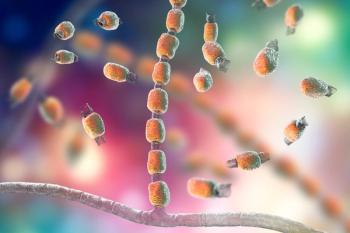
|Articles|February 9, 2011
Today's Daily Dose: Strychnine poisoning
How to best identify this life-threatening toxicosis.
Advertisement
Untitled Document
“The best chance of finding strychnine alkaloid is in stomach content (in vomitus or through stomach washings) or in urine if samples are collected within the first several hours of exposure.”
Advertisement
-Safdar A. Khan, DVM, MS, PhD, DABVT, and Mary Kay McLean, BS
From
Newsletter
From exam room tips to practice management insights, get trusted veterinary news delivered straight to your inbox—subscribe to dvm360.
Advertisement
Advertisement
Advertisement
Trending on dvm360
1
Tarter control toothpaste receives VOHC Seal of Acceptance
2
Nonpharmacologic ways of managing pain and separation anxiety in dogs
3
The hidden cost of staying strong: How emotional armor protects you, and what it costs
4
Conference Insider: VMX will celebrate “champions of care” in 2026
5




